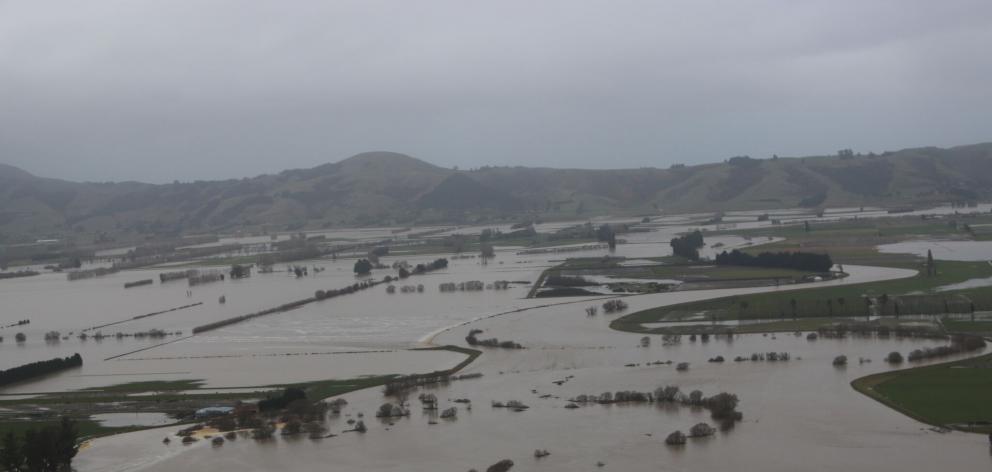
The volume of water which fed into the Taieri was, officials said, the largest recorded aside from the 1980 flood. It came on top of an already cool and wet winter.
In the aftermath of such events, questions are asked - as they should be - about the performance of authorities. Generally, it seems most, like the flood waters themselves, rose to the occasion.
It began with the forecasters themselves. MetService is sometimes criticised for overstating potential perils, for hyping up the presentation of the weather. If this happens too often, the boy cries wolf and subsequent warnings lack credibility. The media can join in the excitement to the detriment of dispassionate analysis and prediction.
Even these days, when forecasting is vastly improved on years past, the science is inexact and forecasters are cautious about being caught with their umbrellas down. Warnings for this storm, however, were broadly accurate.
Civil Defence had the opportunity to prepare and did so. All involved, including the leading figures in Dunedin's Mayor Dave Cull and city chief executive Sue Bidrose, did their duties effectively. They are rightly earning praise where it is due. Pertinent information flowed regularly and as accurately as possible. Wise judgement calls were made without the buzz of an emergency causing overhyping or underplaying of circumstances.
South Dunedin was, on the whole, spared, in part a testament to the preparation and in part because the rainfall was less than in June 2015 when the area was awash. Nevertheless, the inadequacies of the state of mud-tanks and drainage from that flood were highlighted by the speedy way water cleared away on Saturday.
Emergency services, including police officers and firefighters have vital roles to play. Plenty of volunteers are also crucial in the response.
The massive 1980 flood, which closed the airport for months, prompted multimillion-dollar drainage work around the Taieri. Ponding areas were established through the Otago Catchment Board (an Otago Regional Council precursor), and these provided places where the Taieri River could overflow and cause limited harm. With the qualification that the river flow at the weekend - while the second-highest on record - was still much less than in the 1980 flood, the designers and constructors of the scheme can be pleased with their work.
The Water of Leith flood-protection scheme, at present being completed, seems to have achieved its purpose. Its big test is still to come, but so far so good.
What is disturbing, however, and which the city council will be examining, is the fact recent subdivisions have been allowed on flood-prone land. Near-new and partly-built homes have been flooded. That should not have happened. Why were such subdivisions allowed?
Because the Taieri is a flood plain, inundation is to be expected. Hopefully, the stopbanks and diversions can ameliorate damage. Because South Dunedin is low-lying, and because gradual sea-level rises appear likely, the council faces further challenges for that part of the city. Because much of Dunedin is built on hills, slips are an ever-present hazard.
All Dunedin can do is be aware of these perils and plan for the inevitability of future deluges and future-proof wherever possible. The city's record so far is mixed but improving as it copes with the power of nature.












